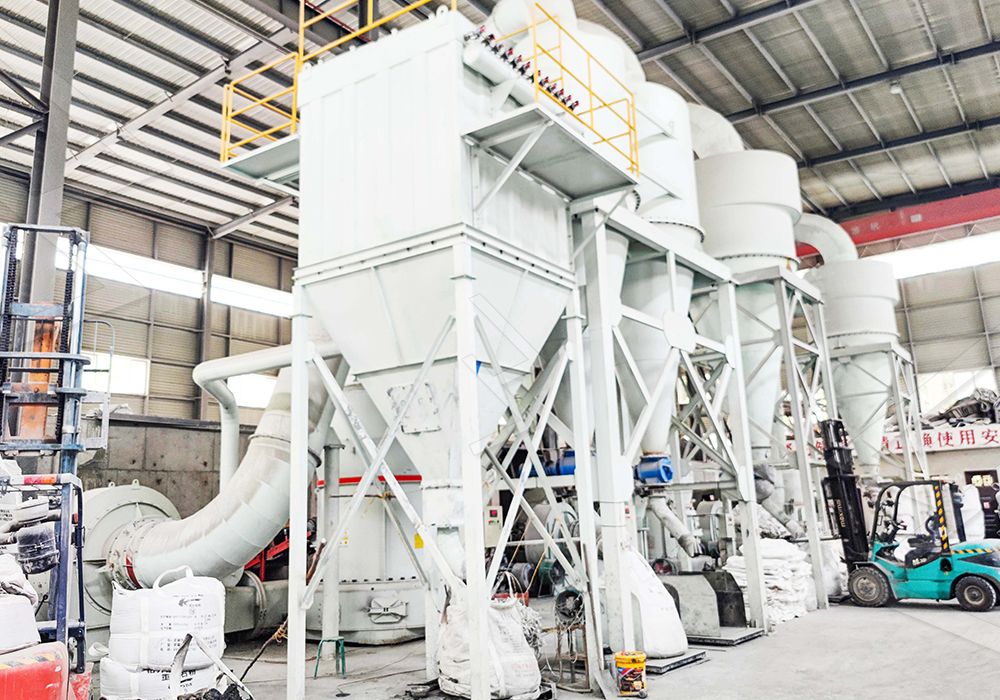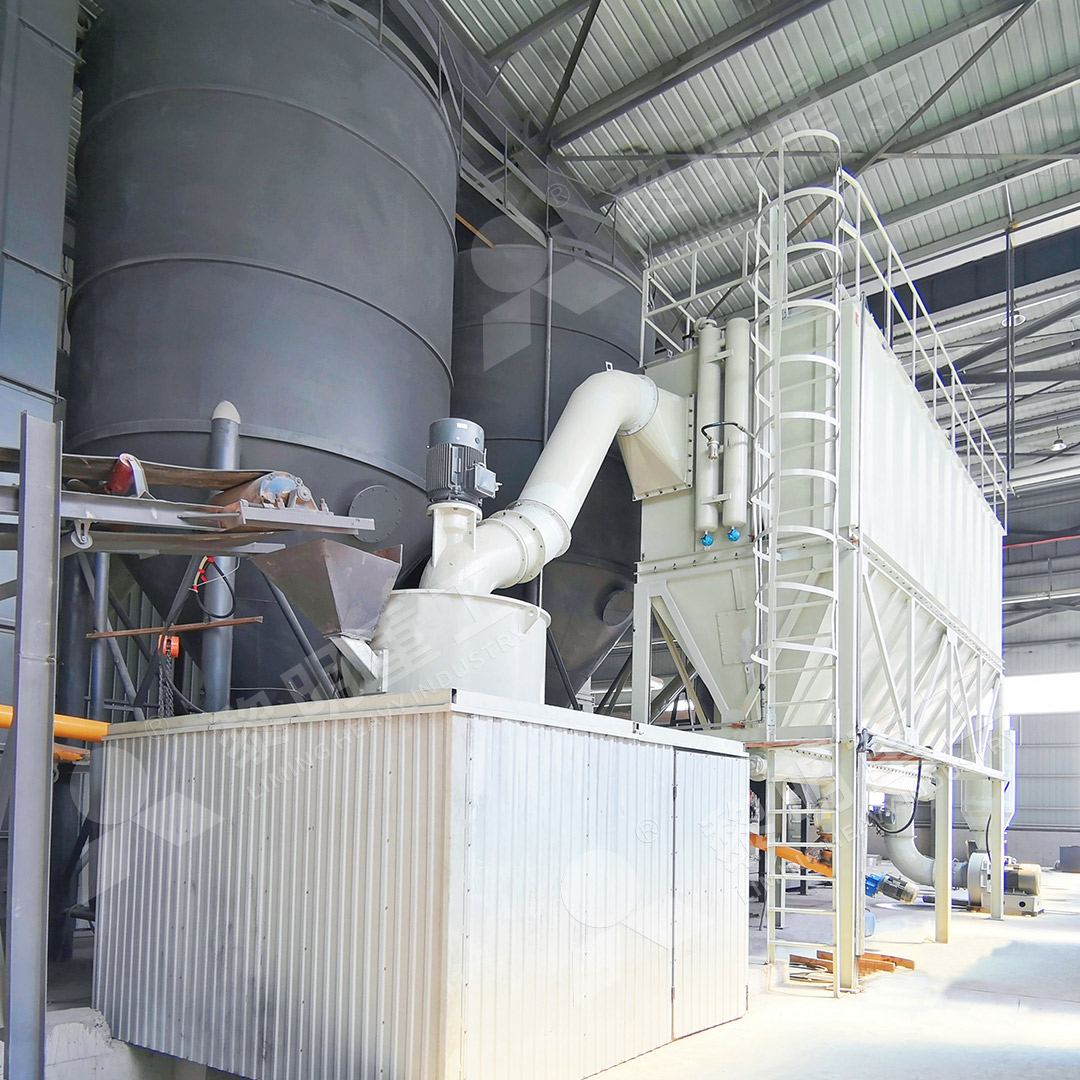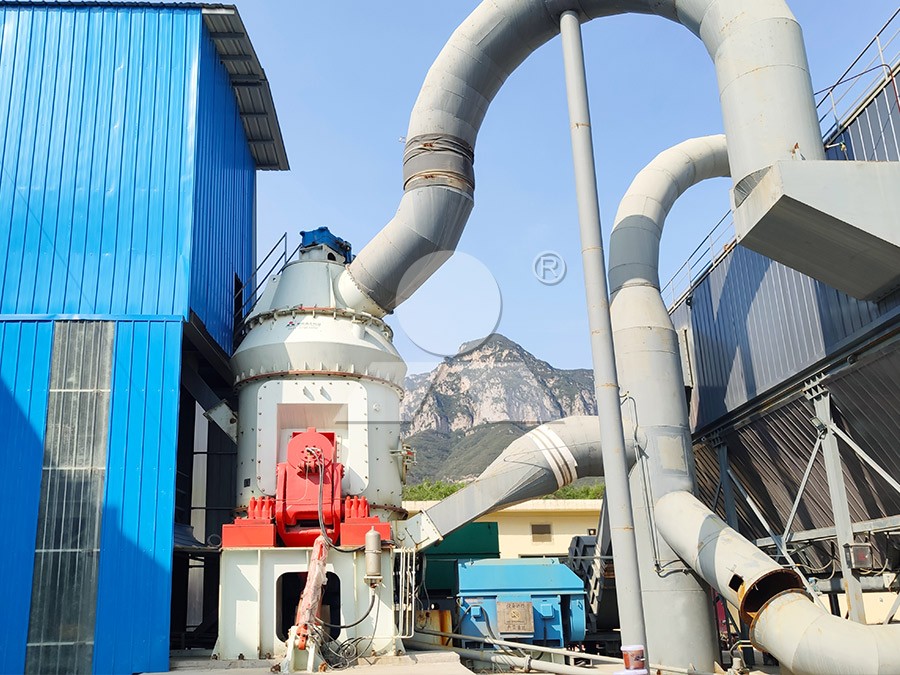20tph Coal Grinding Mill Selection Guide for Anthracite Processing
20tph Coal Grinding Mill Selection Guide for Anthracite Processing
Selecting the right grinding mill for anthracite processing at 20 tons per hour requires careful consideration of multiple factors including material characteristics, fineness requirements, and operational efficiency. Anthracite, being the highest rank of coal with high carbon content and low volatile matter, presents unique grinding challenges that demand specialized equipment.
When processing anthracite for applications such as pulverized coal injection, carbon additives, or fuel preparation, the grinding system must deliver consistent particle size distribution while maintaining energy efficiency and operational reliability. The hardness and abrasive nature of anthracite necessitate robust grinding elements and precise control systems.

Key Selection Criteria for Anthracite Grinding
For a 20tph anthracite grinding operation, several critical factors must be evaluated. The input size of raw anthracite typically ranges from 0-20mm, requiring preliminary crushing before fine grinding. The desired output fineness varies by application but generally falls between 200-325 mesh for most industrial uses.
Energy consumption represents a significant operational cost, making efficiency a primary concern. Maintenance requirements, wear part longevity, and environmental compliance also play crucial roles in the selection process. The grinding system must handle anthracite’s specific characteristics, including its relatively high hardness compared to other coal types.
Recommended Solution: MW Ultrafine Grinding Mill
For anthracite processing at 20tph capacity, our MW Ultrafine Grinding Mill presents an optimal solution. This advanced grinding system offers a capacity range of 0.5-25 tph, perfectly accommodating the 20tph requirement while providing operational flexibility.
The MW Series demonstrates exceptional performance with anthracite due to its innovative design features. The absence of rolling bearings and screws in the grinding chamber eliminates common failure points, significantly enhancing reliability when processing abrasive materials like anthracite. The German-designed cage-type powder selector ensures precise particle separation, allowing fineness adjustment between 325-2500 meshes to meet specific application requirements.

Performance Advantages for Anthracite Applications
When processing anthracite, the MW Ultrafine Grinding Mill delivers 40% higher production capacity compared to jet grinding mills and double the output of ball grinding mills at equivalent power consumption. The system energy consumption is remarkably low, representing only 30% of comparable jet grinding systems.
The integrated pulse dust collector and muffler system ensures environmentally compliant operation, containing anthracite dust effectively while maintaining low noise levels. This is particularly important given anthracite’s tendency to generate fine particulates during grinding operations.
Alternative Consideration: LUM Ultrafine Vertical Grinding Mill
For operations requiring slightly different parameters, the LUM Ultrafine Vertical Grinding Mill offers another viable option with its 5-18 tph capacity range. This system incorporates the latest Taiwanese grinding roller technology and German powder separating technology, providing excellent performance for anthracite applications requiring precise particle control.
The LUM Series features double position-limiting technology that ensures operational stability when processing hard materials like anthracite. The reversible structure simplifies maintenance, allowing quick access to grinding components for inspection and replacement.

Operational Considerations
Successful anthracite grinding at 20tph requires attention to several operational aspects. Proper feed size control (0-20mm) ensures optimal mill performance and prevents unnecessary wear. Regular monitoring of grinding elements maintains consistent product quality while maximizing component lifespan.
The digital processing capabilities of both recommended mills provide high precision manufacturing of core components, ensuring reliable long-term performance. Adequate spare parts inventory and technical support further guarantee worry-free operation in demanding anthracite processing environments.
Frequently Asked Questions
What makes the MW Ultrafine Grinding Mill suitable for anthracite processing?
The MW Series specifically addresses the challenges of grinding hard, abrasive materials like anthracite through its unique chamber design without rolling bearings or screws, advanced powder selection technology, and robust construction that withstands the demanding conditions of continuous anthracite processing.
Can the MW Mill handle variations in anthracite quality?
Yes, the adjustable fineness between 325-2500 meshes and flexible operating parameters allow the MW Mill to accommodate variations in anthracite characteristics while maintaining consistent product quality and operational efficiency.
What environmental features are incorporated?
Both recommended mills feature integrated pulse dust collectors and noise reduction systems that ensure compliance with environmental standards. The closed-system design prevents dust emissions while the efficient grinding process minimizes energy consumption.
How does the capacity range suit a 20tph requirement?
The MW Mill’s 0.5-25 tph capacity provides optimal operation at 20tph while maintaining reserve capacity for peak demands. The design ensures efficient operation across the capacity spectrum without compromising performance or product quality.
